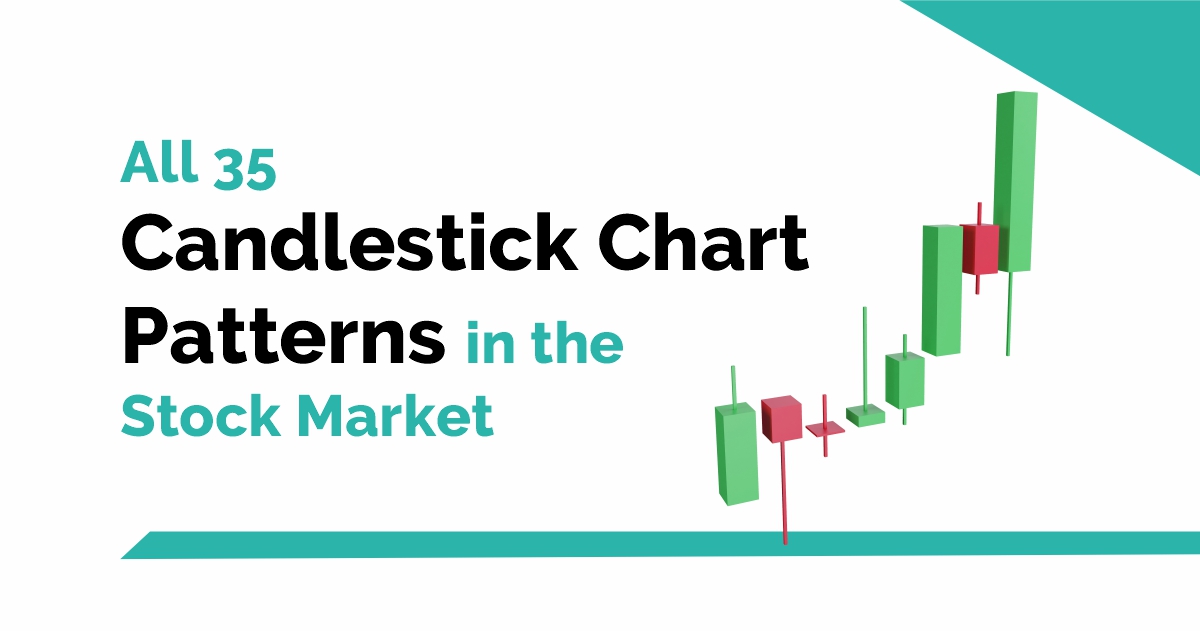In an interesting session as a part of the highly popular Face2Face series, conducted by Elearnmarkets, Mr Vivek Bajaj, Co-founder of Elearnmarkets, invited Mr Matthew Caruso, a successful stock market investor with many years of experience, to decode the Relative Strength Strategy.
Matthew Caruso is a professional investor. He is a former market maker, university finance professor, and a past president of the Canadian Society of Technical Analysts. In addition to his Economics major, he also holds CFA and CMT designations. In 2020 Matthew returned 346% in the US Investing Championship.
In this blog, Mr Matthew Caruso and our host Mr Vivek Bajaj, co-founder of StockEdge and Elearnmarkets, will discuss using the Relative Strenght Strategy.
Relative Strength Meaning
Relative strength is a popular indicator used by traders in the Indian and global markets.
This concept is not too complicated- if there’s a beta of one, it means that if yet if the index is up by one per cent your stock should be up by one per cent, if the beta is two and the index is up to one per cent your stock should be up to two per cent twice as much so this beta number gives a really good insight into how your stock should act.
So, once you know how your stock should act, that gives you a good benchmark to tell if your stock is acting strongly or negatively, which helped him.
If the stock should be up to two per cent and we’re up to three per cent that’s relative strength that alpha is called alpha; that relative stren is key, and so he took that as his base concept.
He has a couple of time frames within the actual analysis. Still, because beta adjusts for volatility and has this alpha indicator, you can use this on a stock with low volatility, like a bank stock. You could use this on a very volatile growth stock, a young, you know, small-capitalization stock, and you can very instantly know if we have relative strength or not.
Decoding Mr Matthew Caruso’s Relative Strength Strategy
Mr Matthew Caruso, first of all, explains his trading template. He says that the most above one is the Nasdaq- look at how many stocks each day are making new 52-week highs and how many are making new 52-week lows.
He likes to use that analysis because sometimes the general market if we look at the Nasdaq 100, seven stocks represent 51 per cent of the index, so if we are not in the biggest companies, the index sometimes doesn’t give a very good glimpse of what’s going on to most stocks so by looking at the number of stocks just making new highs versus new lows gives him some very good insights.
If we look at the Nasdaq composite here, you can see that the market topped back in November internally. However, the market looked very strong internally; many stocks were already starting to break down and make new lows right off the bottom. As we started to rally, that changed positively for a little bit, and now it looks to be getting negative again.
But he likes to keep it at the bottom of my charts just to give me a good sense of whether the general trend for general stocks is positive or negative.
So just focusing on the actual individual stock, once we know how he determined that we have this great long-term view, this long-term overview, he kind of flips to the shorter-term aspect to see where he can buy this stock now with very low risk.
So once you have this, you understand the general trend, flip to the shorter-term time frame, and look for entries to trigger when to buy or sell the stock.
Typically these trigger points would be one of those moving averages retracement or some price demand zone, so he likes to use the averages just for a sense of trend. One of my very important rules is the blue line. Here is my 200-day moving average.
He will never buy a stock below the 200-day moving average, so he makes sure it’s above there once we have the general chart pattern.
He likes to use many patterns, some very simple ones you can just put a nice trend line over the tops of your charts.
So, for example, if he draws the trend lines, he thinks it is very important to need three important touches because if you draw two touch points, and two touch points in the chart will be a trend line, so to be a good trend line.
Trading Example- CDSL India Ltd.
Let’s start on the weekly chart to get the big picture first. Mr Matthew Caruso thinks that’s always very helpful.
So, you can see here actually at these earnings’ growth, he means it went from 821 to 987 to 1086, we had a bit of a slowdown in 2021, but a powerful move to 1917 and you see what’s reflected in the stock what drives earnings moves.
He means that what drives stock moves its earnings or the company’s ability to bring more earnings, and you always see that and already beginning with a company that has these great fundamentals over the past few years.
If this had been your focus, you had this opportunity for these big advances, so it’s a powerful growing company.
The way he approaches the market, you know, some people say he wants always to be invested and have some portfolio exposure, he wants very targeted exposure. If it’s no longer targeted exposure, then he doesn’t want to be in it anymore.
So, you can see so for CDSL if you notice on the advance when these stocks have big advances, this is the 10-week average which is similar to the 50.
It basically always stays above that 10-week line, and it’s such a strong support area on the advance, and you see, even though it’s an Indian company, the same techniques work now.
One thing to notice is that here now, as the nifty has been advancing and is basically near its highs, this is starting to lose its relative strength, and I think that comes through as well on a daily chart here.
He thinks just today is starting to get back into a white background versus the blue background, so you know when you’re sitting with a very large profit, you can give it a little more space you can see the state above the 50-day the whole time, but now it has a hard time the character of the stock is changing here.
You can also watch our webinar on Relative Strength
We broke below the 50 to the 200, and now we’re just right back above it, but if we were to break below, especially this low, you’d have to realize that something’s changed.
Sometimes the earnings growth becomes factored into the stock price, and then after investors look are always looking to the future, and they’re saying look into the future, they don’t see that same kind of earnings growth happening, and the stock will sell-off
Sometimes you take your profits while you’re sitting with significant gains or if you say, look, he has faith in the company, he wants to give it a little more leeway, a little more space well, then his rule is never own a stock below a 200-day moving average so if it were to break below that 200-day that would be my absolute line and exit the position.
You can also join our course on Certification In Online Technical Analysis
How do select companies for trading?
So, once he starts looking at stocks making record annual earnings, he looks at those with the biggest growth numbers, so he prefers a company that’s growing at 30 40 50 a year.
You automatically take your universe of companies from 10 000 to 150. So now you have 150 stocks left, then you go to relative strength. How many of these are showing relative strength now you cut your 150 stocks down to 40.
And now of these 40 where do we see a buy pattern, then we are down to four, and that’s how we suddenly create what seems unusable so many stocks where do we begin to having a very focused target of and where we are going to put our capital.
You can watch the entire Face2Face video here
Bottomline
We hope you found this blog informative and use it to its maximum potential in the practical world. Also, show some love by sharing this blog with your family and friends and helping us in our mission of spreading financial literacy.
Happy Investing!
You can also visit web.stockedge.com, a unique platform that is 100% focused on research and analytics.








